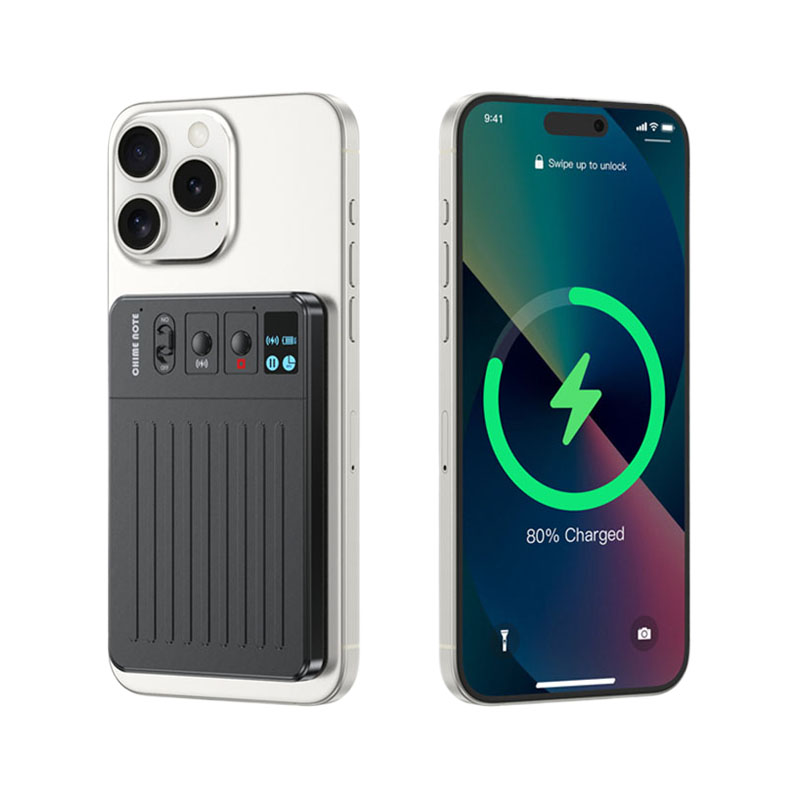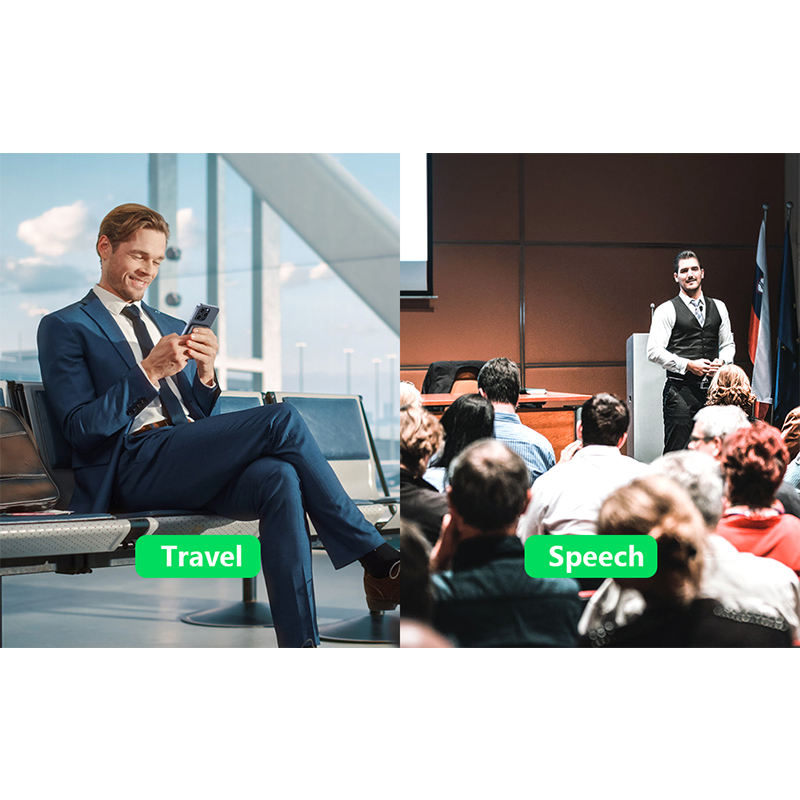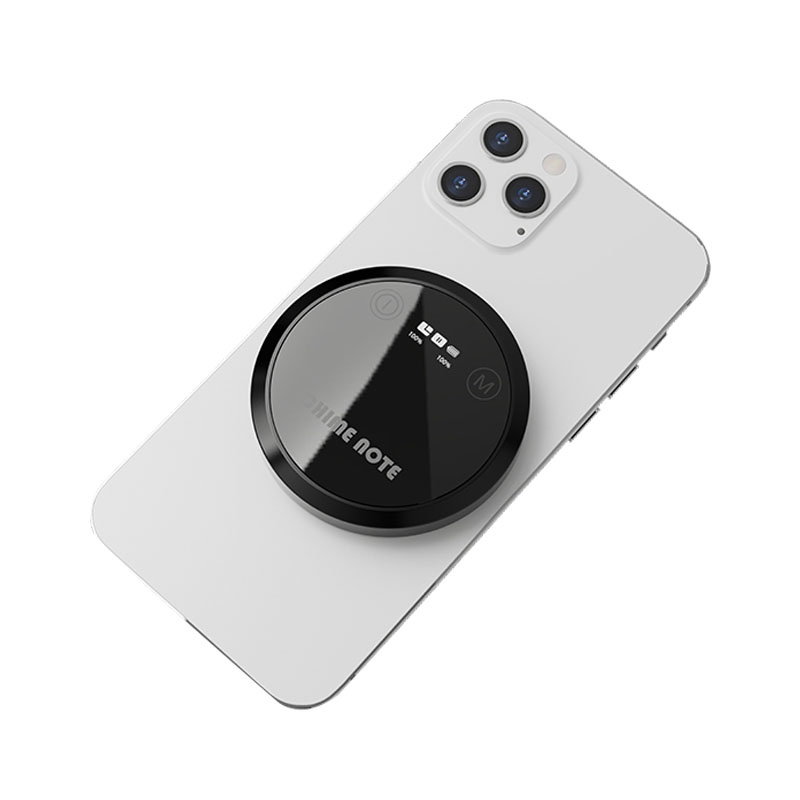Is there an optimal match between the light transmittance and privacy protection level of a privacy guard cover?
Release Time : 2025-09-17
A privacy guard cover's light transmittance and privacy protection level maintain a dynamic balance. This balance isn't a fixed value, but rather depends on a comprehensive assessment of usage scenarios, technical approaches, and user experience. Light transmittance determines the clarity of screen content, while the privacy protection level limits the viewing angle through optical structure. Essentially, the two balance between "visual transparency" and "anti-peeping security." The optimal balance requires minimizing disruption to the screen's display quality and user experience while protecting privacy.
Users' need for privacy protection is particularly pressing in public transportation and open-plan office environments. In these situations, a privacy guard cover must utilize a microprismatic structure or optical coating to limit the viewing angle to 30°-45°, ensuring that only users facing the screen can clearly see the content, while the screen appears dark or foggy when viewed from the side. To achieve this, the cover's light transmittance must be kept within an appropriate range. Excessively high light transmittance weakens the side privacy protection effect, while too low results in insufficient screen brightness and increases the risk of eye fatigue. Some high-end products utilize multi-layer optical film composite technology, achieving high light transmittance while still maintaining strict privacy protection angle control. Anti-reflective coatings also reduce ambient light interference, improving visual comfort.
Daily use scenarios place even stricter light transmittance requirements. When using a phone indoors or in well-lit environments, low light transmittance can result in dimmed screen content and reduced color reproduction, impacting the viewing experience when watching videos, browsing images, or reading text. In this case, the light transmittance of a privacy guard cover should be as close to that of a bare screen as possible. Some products optimize their optical structure to achieve high light transmittance while still providing basic privacy protection. For example, they limit the viewing angle to 30° on the left and right sides, while maintaining transparency from top to bottom to accommodate single-handed use. This design protects privacy while minimizing the impact of light transmittance loss on the visual experience.
The choice of technical approach directly impacts the balance between light transmittance and privacy protection. Traditional privacy films achieve privacy protection by printing black stripes on the substrate, but this process significantly reduces light transmittance, and the uneven spacing of the stripes can easily cause rainbow patterns. Nano-level privacy films use a vapor deposition process to create a uniform optical microstructure on the substrate surface, precisely controlling viewing angles while simultaneously increasing light transmittance to a high level. Furthermore, some products utilize electrochromic technology for dynamic adjustment, allowing users to switch privacy modes based on ambient light or privacy needs, freely adjusting between high and low transmittance. This technology elevates static privacy protection to intelligent protection.
Users' privacy protection needs vary significantly. Business professionals handling sensitive information in public may prefer privacy guard covers with moderate transmittance and strict privacy protection. Meanwhile, ordinary users may prefer products with high transmittance and moderate privacy protection for daily use. Furthermore, some users, such as designers or photographers, who demand high color reproduction, may choose privacy guard covers with extremely high transmittance and privacy protection. These products utilize an anti-reflective coating to reduce ambient light interference while maintaining privacy protection. This personalized demand has driven product segmentation, resulting in the emergence of specialized covers for gaming, reading, and outdoor activities.
Health factors also play a significant role in determining product quality. Prolonged use of a low-transmittance privacy cover can cause eye spasms, leading to visual fatigue or dry eyes. Therefore, high-quality products often incorporate a blue light filter between the privacy screen and the screen to absorb high-energy blue light and reduce retinal damage. Some products also employ a low-reflection design to minimize screen reflectivity, further reducing ambient light interference and enhancing visual comfort. These health-optimizing measures provide a more personalized balance between light transmittance and privacy protection.
Optimizing the matching of light transmittance and privacy protection levels for privacy guard covers is a dynamic process. Advances in materials science may lead to the development of smart privacy guards with extremely high light transmittance and adjustable privacy protection angles. These AI algorithms will automatically optimize parameters based on ambient light and user position. This technology will completely resolve the inherent conflict between light transmittance and privacy protection, providing users with a seamless privacy protection experience.







